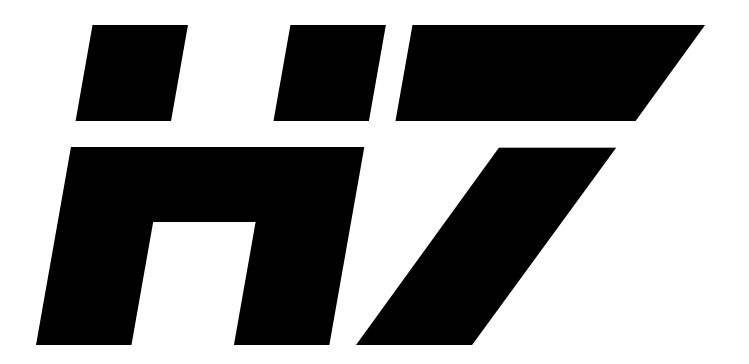Herwig 7 Tutorials¶
Bootstrap installation¶
To ensure a consistent and working setup, we highly recommend that you install Herwig and all its dependencies using the bootstrap script we provide.
Manual installation¶
Should the options provided by the bootstrap script be insufficient for your purposes, or if a manual installation is required for a different reason, we provide detailed instructions below:
Getting started¶
Your first run of Herwig. Look at a simple event and understand the event record.
Have a first look at the Herwig input files and understand their structure.
Switch on and off parts of the simulation like the hadronization or the underlying event simulation.
Select a different matrix element or only parts of an NLO simulation.
Using matrix elements from external providers. Also, how to set individual particles stable.
Event generation workflow¶
Running event generation with Herwig is organized in two basic steps. For more complex processes several layers of parallelization and intermediate modifications have been added:
Herwig supports the input of external event files, and features various possibilities to store and analyse generated events:
Hard cross sections and matching¶
The calculation of hard cross sections and their matching to
fixed-order calculations is possible through a limited number of
builtin processes, and in a more general fashion through use of the
Matchbox framework, which is able to provide NLO matched
simulations for both shower modules.
- Parton Distribution Functions
- Hard cross section calculation with Matchbox
- Enabling Matchbox generated processes
- Using external amplitude providers
- On-shell production of unstable particles
- Using the Higgs effective (large-top-mass) theory
- Adjusting diagram generation
- Scale choices
- Cuts
- Subtractive matching
- Multiplicative matching
- Switching to leading order
- Spin correlations
- Fixed-order runs and analyses
- Using built-in matrix elements
Merging with the dipole shower¶
Building on the Matchbox framework a merging algorithm for combining
multijet NLO QCD calculations with the dipole shower is available
Showers¶
Herwig provides two shower modules. By default, the angular ordered shower will be used, and as an alternative, a dipole-type showering algorithm is provided.
In addition the multiple-scattering model of the underlying event takes place as part of the parton shower in Herwig, see the next section.
Multiple-Parton Interactions¶
The multiple-scattering model of the underlying event uses multiple partonic-scattering processes in order to simulate the underlying event.
Beyond the Standard Model simulation¶
A number of models of physics beyond the Standard Model (BSM) of particle physics are included in Herwig. In addition a large number of further models can be used via our interface to models written in the Universal FeynRules Output (UFO) format.
Decays¶
Herwig includes a sophisticated internal model for hadronic decays with a focus on the simulation of the decays of the light hadrons, including baryons. Starting with Herwig 7.1 we therefore provide a interface to the EvtGen package for a simulation of B-hadron decays which is more tuned to B-factory data.
Contrib¶
Several projects build on the Herwig infrastructure and are
contained in the Contrib folder of the Herwig source directory.
Additional matrix element libraries include:
Other Contrib projects include:
Frequently asked questions¶
In the following we provide short examples of how to change certain geneartion options/paramters. The examples you can find here are already included in so called snippet files to be found in bin/snippets in the Herwig folder. The snippet files allow you to modify your herig run by simply load them befor saving the run. This can be done by infocing
- General
- PDF
- Using a built-in PDF
- Using a PDF from the LHAPDF interface
- Set default PDF
- Set PDF of the hard subprocess
- Set PDF of the LHEReader
- Set PDF of the parton shower
- Set PDF of the underlying event and the multi-parton interactions
- Choosing of PDFs in NLO matching
- How do I switch off ISR in e+e- collisions?
- How to I include saturation?
- Hard subprocess
- BSM
- Parton shower
- Decays and Particle Properties
Advanced topics¶
In this section we provide more details on advanced functionality which may be relevant to users interested in complex and new processes, as well as phenomenological studies beyond the typical usage of Herwig 7.
